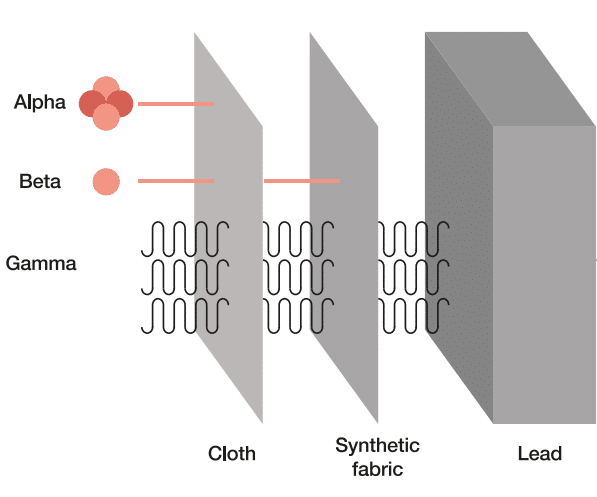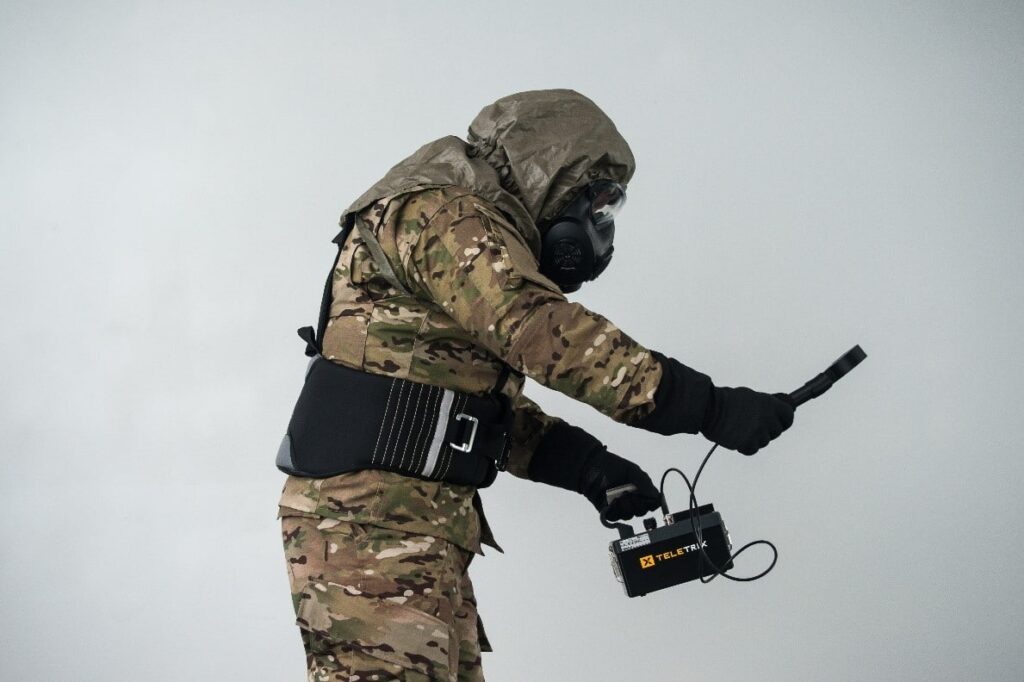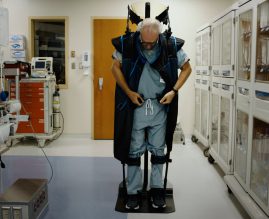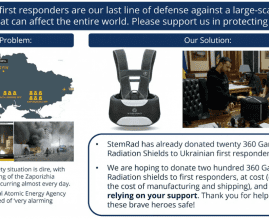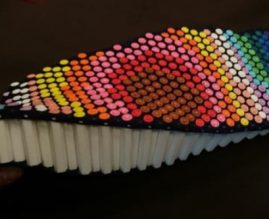Why Does Lead Block Radiation?
05.23.19 | Thursday | Nofit Amir
Picture a pool table. If it’s empty, striking a cue ball with a pool stick will easily send the ball to the other side of the pool table. Yet, if the table is full of other pool balls, even a very energetic strike will probably result in the cue ball hitting other balls, causing them to move while it reaches a standstill (i.e., it transfers its energy to them).
That’s how lead works: it is very dense, meaning its atoms (or pool balls) are very close together, making it very hard for penetrating radiation to get across – instead the radiation collides with the lead’s atoms, making them move around inside the metal while it loses its energy. A ray of radiation has very little chance of passing through.
Gamma radiation is that high-energy strike with the cue stick.
Gamma rays “get lost” in the lead as they strike the lead’s atoms, and finally wind down, causing the lead atoms quite a lot of excitement but leaving lead-protected organs alone.
How to Protect Yourself from Gamma Radiation
As may be observed in the graphic below, less penetrating types of radiation emitted in a nuclear event are radiation particles (rather than rays).
Alpha radiation particles, which are relatively slow, can be blocked by cloth. Beta radiation particles, which are smaller and faster, can be blocked by synthetic fabric (optimally, specialized clothing, such as HAZMAT suits), which cover the whole body.
Of course, if alpha and beta radiation particles are ingested they can cause damage: Thus airways (nose and mouth) should be protected, even with a dust mask, and more effectively with a common respirator.
Eyes and hands, too, should be protected (goggles, gloves). Yet the cause of acute radiation sickness is gamma radiation, which is the penetrating type of radiation emitted during a nuclear event.
Anti-Radiation Suit? Here’s the Better Solution
Lead’s ability to block radiation also depends on its thickness (the thicker the lead, the more “pool balls”). Yet wearing thick layers of lead is unpractical due to the weight.
In Chernobyl, first responders tried protecting themselves from gamma radiation with thin sheets of lead in a futile attempt to protect as much of the body as possible.
That proved ineffective, and many suffered (and some died) from acute radiation sickness. “Radiation Suits” don’t protect from penetrating gamma rays but rather from radiation particles, just like any HAZMAT suit would (see further down).
For many decades, it seemed like a dead end – sitting in lead-fortified shelters offered protection, but what happens if you need to be mobile? What about personal protection?
This was considered impossible. Until immunologist Dr. Oren Milstein came up with an Idea – perhaps it wasn’t necessary to cover the whole body, but only the vulnerable parts.
This is how the idea of selective shielding came about.
The main cause of acute radiation sickness is the destruction of stem cells (that is what led to the deaths of Chernobyl’s first responders).
StemRad effectively shields vulnerable tissue containing these cells, thus protecting the body from radiation sickness while allowing mobility.
Selectivity allows for use of thick and protective layers of shielding material, without winding up with a solution that is just too heavy.
StemRad’s technology has thus enabled the first-ever wearable equipment for effective protection from penetrating radiation (e.g., gamma radiation, space radiation). Thus, for personal radiation protection, the best defense would be a combination of thick and selective lead shielding (StemRad’s 360 Gamma), outer clothing, a respirator, gloves, and goggles. See below a military end-user adopting this ensemble, the gold-standard in radiation protection.

Writes content for StemRad’s website, social media, and newsletter. She is an advocate with over twenty years of experience of writing high-end content in academic and industrial settings.
